‘If kids grew up going to London Design Festival they would learn so much’: architect Shawn Adams
In the first of our interviews with key figures lighting up the London Design Festival 2024, Shawn Adams, founder of POoR Collective, discusses the power of such events to encourage social change
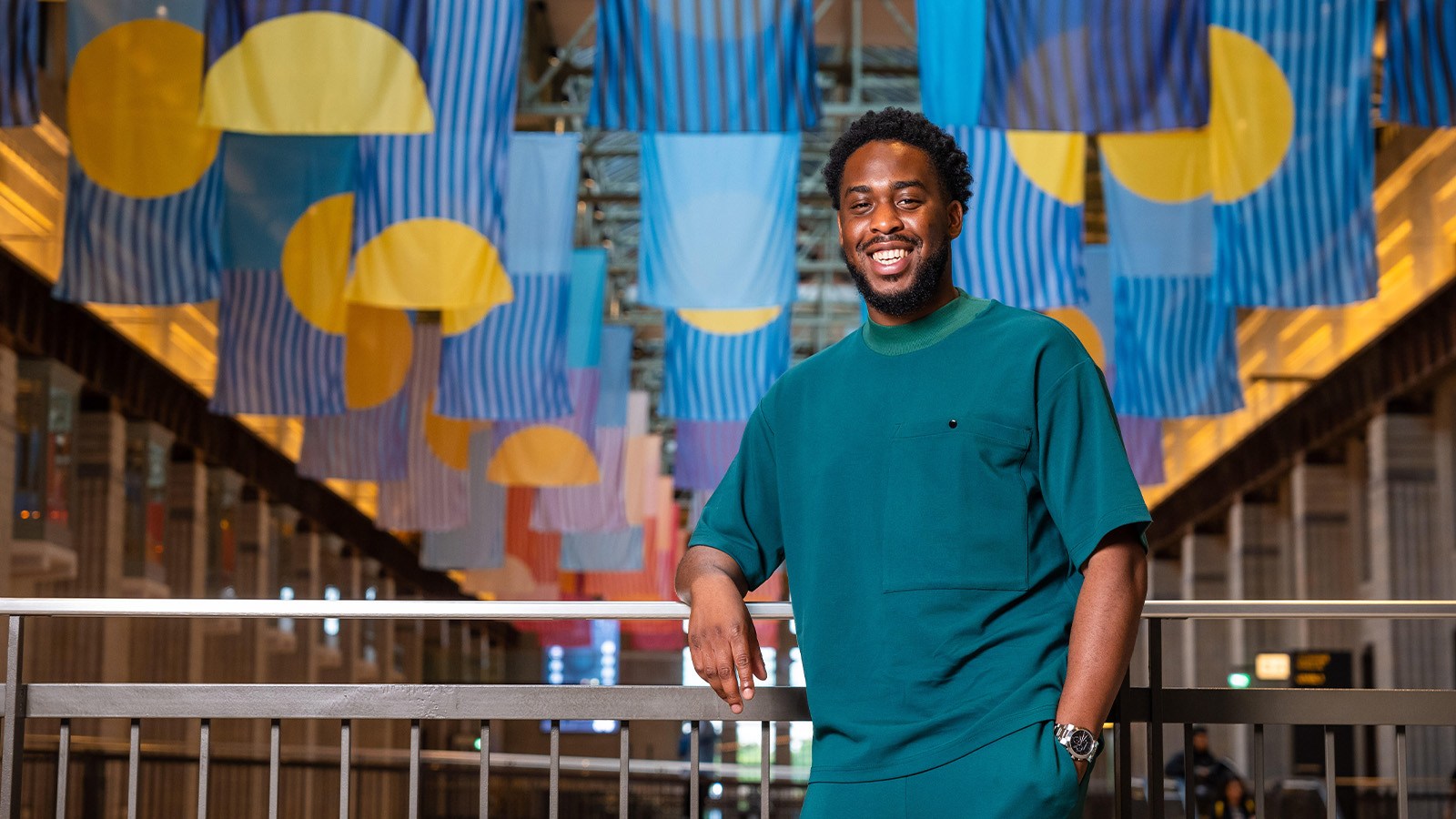
Any round-up of emerging design talent in the past five years has, more often than not, included London-based architect Shawn Adams. And for good reason. Also an educator, writer, and social advocate, Adams and his practice POoR Collective (Power Out of Restriction) burst onto the scene in 2019 with a participatory design approach and a commitment to using architecture as a tool for social change. Born and raised in south-west London, Adams was named a RIBAJ Rising Star 2020, and last year his studio was awarded the 2023 London Design Festival’s Emerging Design Medal. We caught up with him one year on as he was busy putting together POWERSHIIFT, the second iteration of POoR Collective’s group exhibition, taking place in Brompton during London Design Festival 2024.
Shawn Adams on LDF 2024 and the life-changing power of design
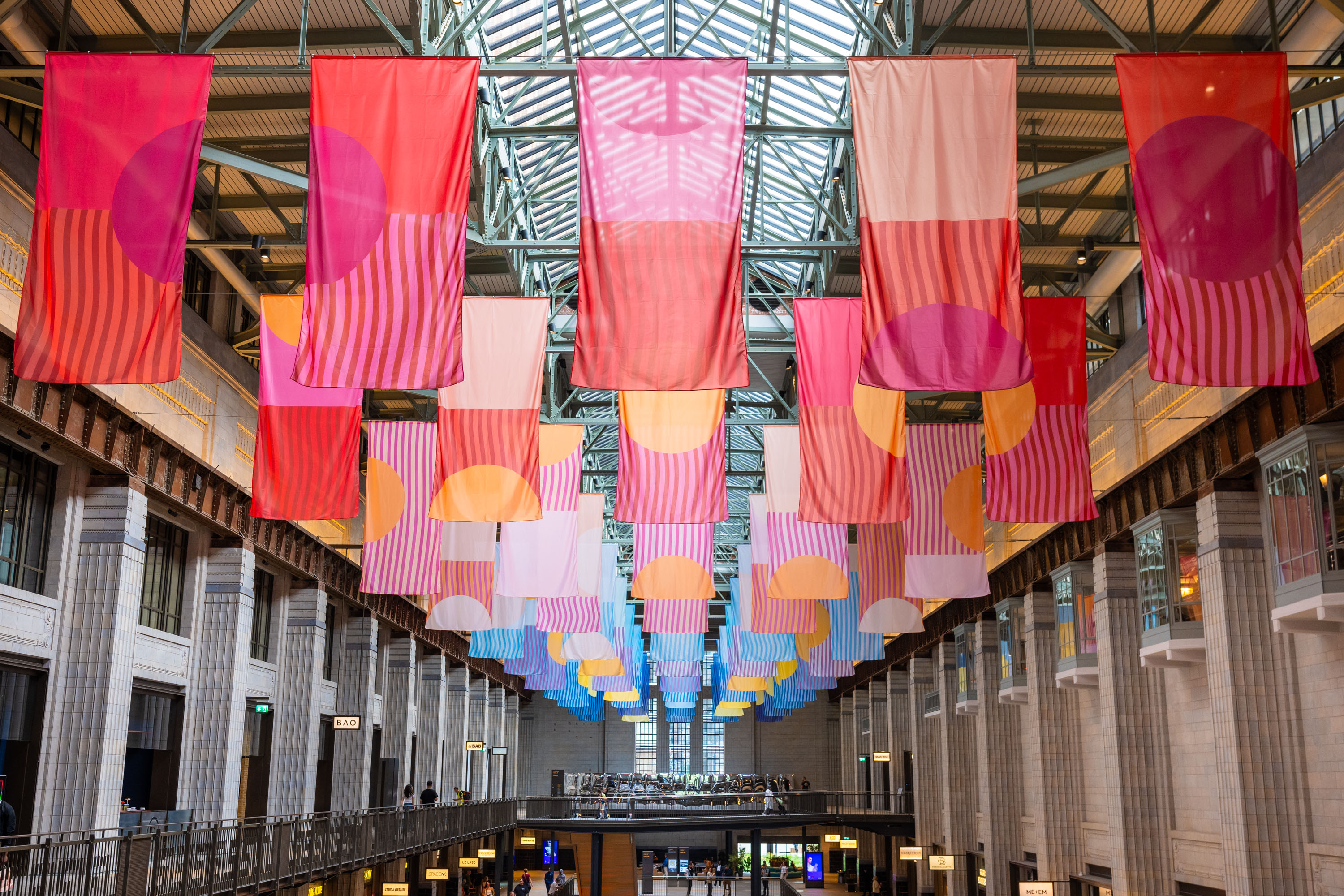
Displayed inside Battersea Power Station until October 2024, ‘Together We Rise’ is a public artwork by POoR that explores the sun's movement through 100 vibrant flags suspended from the ceiling
Wallpaper*: How did architecture emerge as your calling?
Shawn Adams: There was never a particular turning point. I always said I wanted to become an architect, even before I knew what an architect really was. I don't have any architects in my family or any direct family members that pursued any jobs in the built environment, but just knowing that [as an architect] you've got the power to shape space was always so powerful to me.
W*: Do you think it's the responsibility of designers and architects to engage more with young people in schools?
SA: I think so, because state schools are really very stretched and time-poor. But from my experience, when you present something to a school, the children are super receptive to it. I think that those of us in the creative industries have to play an active role if we want more diversity. We need to be going into schools in deprived areas and showing children that architecture and design could be a potential career route.

‘Together We Rise’
W*: How can we get more kids interested in creative subjects?
SA: Firstly I think it's about showing students and their parents that there are jobs and careers that they can pursue in the creative industries. If parents don't believe there's a career to pursue, they will try and direct their kids to something else that they believe will help to create a stable future for them. There’s a perceived lack of value in creative subjects, and you see it now more than ever.
Receive our daily digest of inspiration, escapism and design stories from around the world direct to your inbox.
W*: What do you love about working with young people?
SA: One of the main things is seeing how you impact that young person. Sometimes that impact isn't seen immediately – you might do a workshop and think they're not interested, but they will remember what you did, especially as a child, when we tend to be more impressionable. That one experience could change their whole life trajectory.

A collaboration between POoR and students from Mayesbrook Park School, Bringing Home to the Unknown is a seating sculpture that captures how young people wish to dwell, interact and play in the city
W*: Do you think the industry is changing?
SA: I definitely think the industry is trying to change, but there is still a lot of lip service. Everyone wants more diversity, especially in the creative industries, but it’s one thing to say it and another to actually get up and do something. You can say loads of great things. You can be on all the podcasts and write all the articles, and have all the right intentions. But if you're not actively doing something, then it doesn't really matter. You need to take action.
W*: What does the future hold for POoR Collective?
SA: In the next few years we want to develop a POoR community where resources and projects can be shared. We also want to build a community centre. At the moment, we've got a lot of installations and small-scale architecture, but if we could design and build a physical community centre that would be fantastic. Ultimately, we want to be a leading provider of creative opportunities for young people. That’s what we want the legacy of the business to be: an organisation that really moved the needle – that made creative industries accessible and gave young people opportunities.
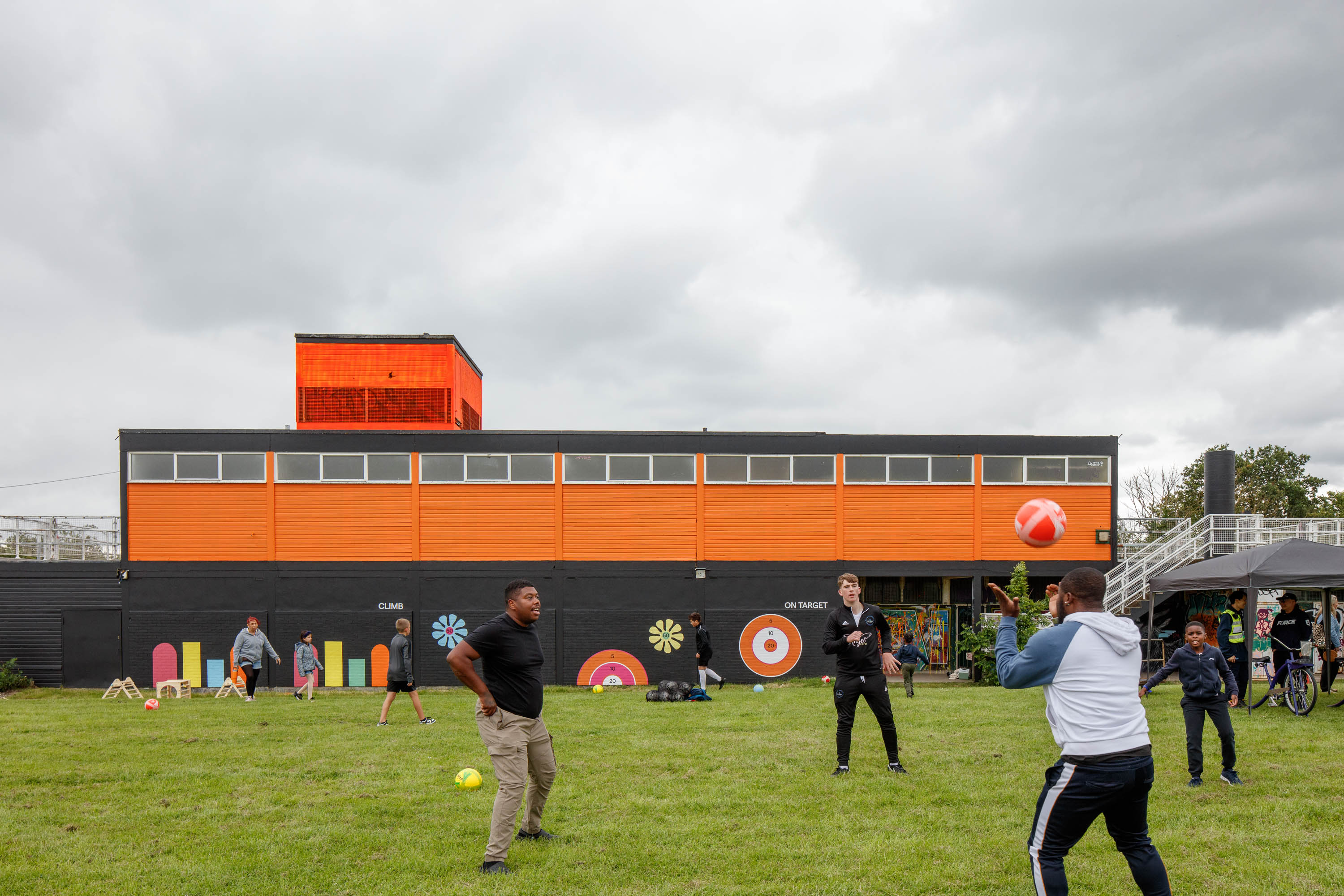
POoR worked with London-based architecture practice GPAD to transform a dilapidated two-storey sports pavilion building in Copthall into a welcoming community hub that encourages people of all ages to get involved in sports
W*: You’re currently in the middle of putting together an interactive installation for this year’s London Design Festival. What do you like about the festival, and is there anything it could improve upon?
SA: I think it's great for London, as we don't have many moments where the design community comes together in the same way. I think that engagement with a younger audience is something that I would like to see more of in the future. I think [LDF] does an excellent job of engaging early career designers but when it comes to younger age groups, events where parents can bring their kids to engage with design are still missing. If there were kids who had grown up going to LDF every year, by the time they got to university or college, they would have learned so much.
Ali Morris is a UK-based editor, writer and creative consultant specialising in design, interiors and architecture. In her 16 years as a design writer, Ali has travelled the world, crafting articles about creative projects, products, places and people for titles such as Dezeen, Wallpaper* and Kinfolk.
-
 The Bombardier Global 8000 flies faster and higher to make the most of your time in the air
The Bombardier Global 8000 flies faster and higher to make the most of your time in the airA wellness machine with wings: Bombardier’s new Global 8000 isn’t quite a spa in the sky, but the Canadian manufacturer reckons its flagship business jet will give your health a boost
-
 A former fisherman’s cottage in Brittany is transformed by a new timber extension
A former fisherman’s cottage in Brittany is transformed by a new timber extensionParis-based architects A-platz have woven new elements into the stone fabric of this traditional Breton cottage
-
 New York's members-only boom shows no sign of stopping – and it's about to get even more niche
New York's members-only boom shows no sign of stopping – and it's about to get even more nicheFrom bathing clubs to listening bars, gatekeeping is back in a big way. Here's what's driving the wave of exclusivity
-
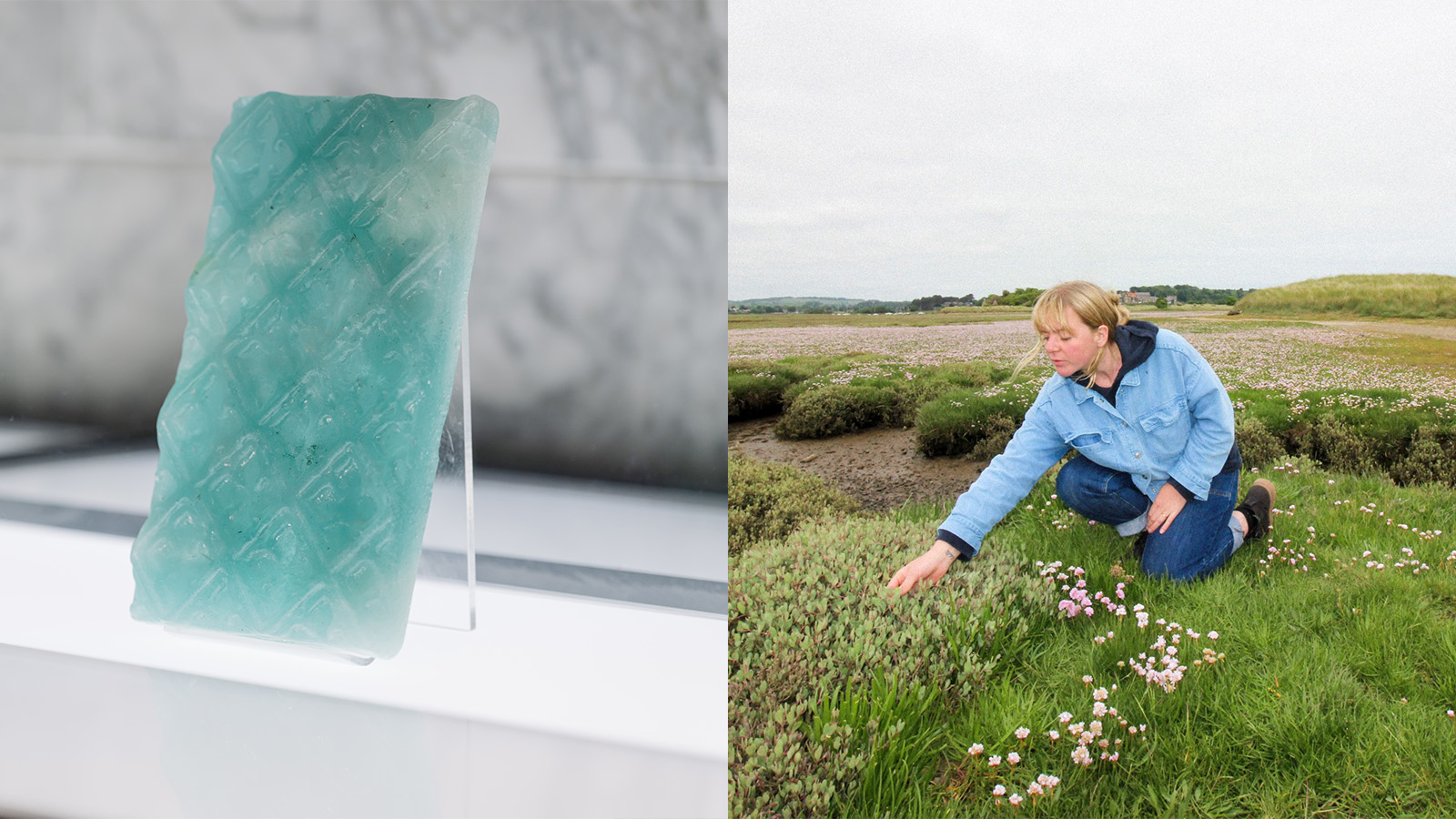 Lulu Harrison is the Ralph Saltzman Prize winner 2025
Lulu Harrison is the Ralph Saltzman Prize winner 2025The Design Museum, London, announces Lulu Harrison as winner of The Ralph Saltzman Prize for emerging designers, and will showcase her work from 24 June to 25 August 2025
-
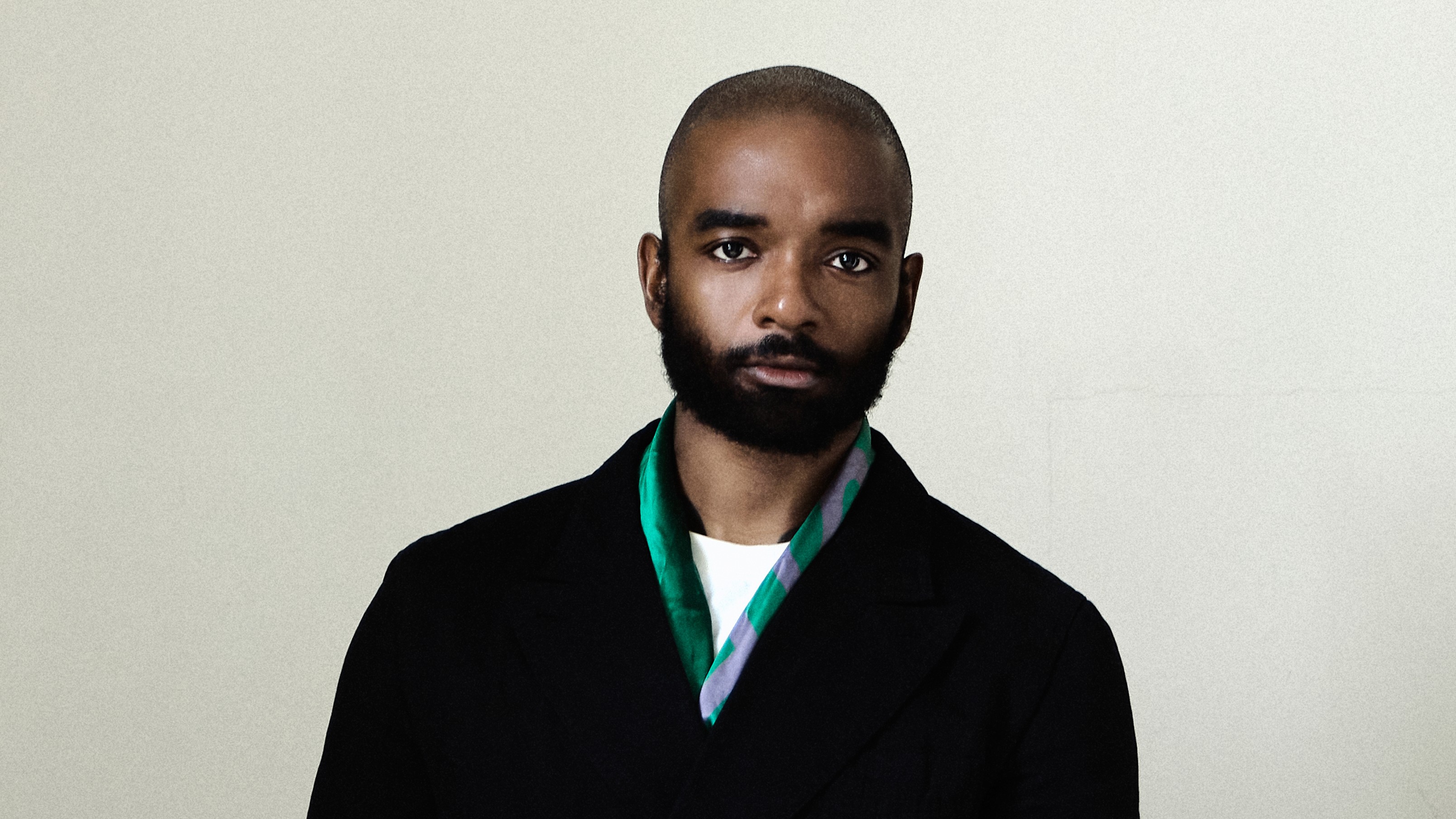 ‘Designers are far more than just producers of commercial goods’: Samuel Ross on the London Design Biennale
‘Designers are far more than just producers of commercial goods’: Samuel Ross on the London Design BiennaleThe artistic director of the major event and founder of A-COLD-WALL* discusses the role of a designer and the future of the sector in an exclusive interview
-
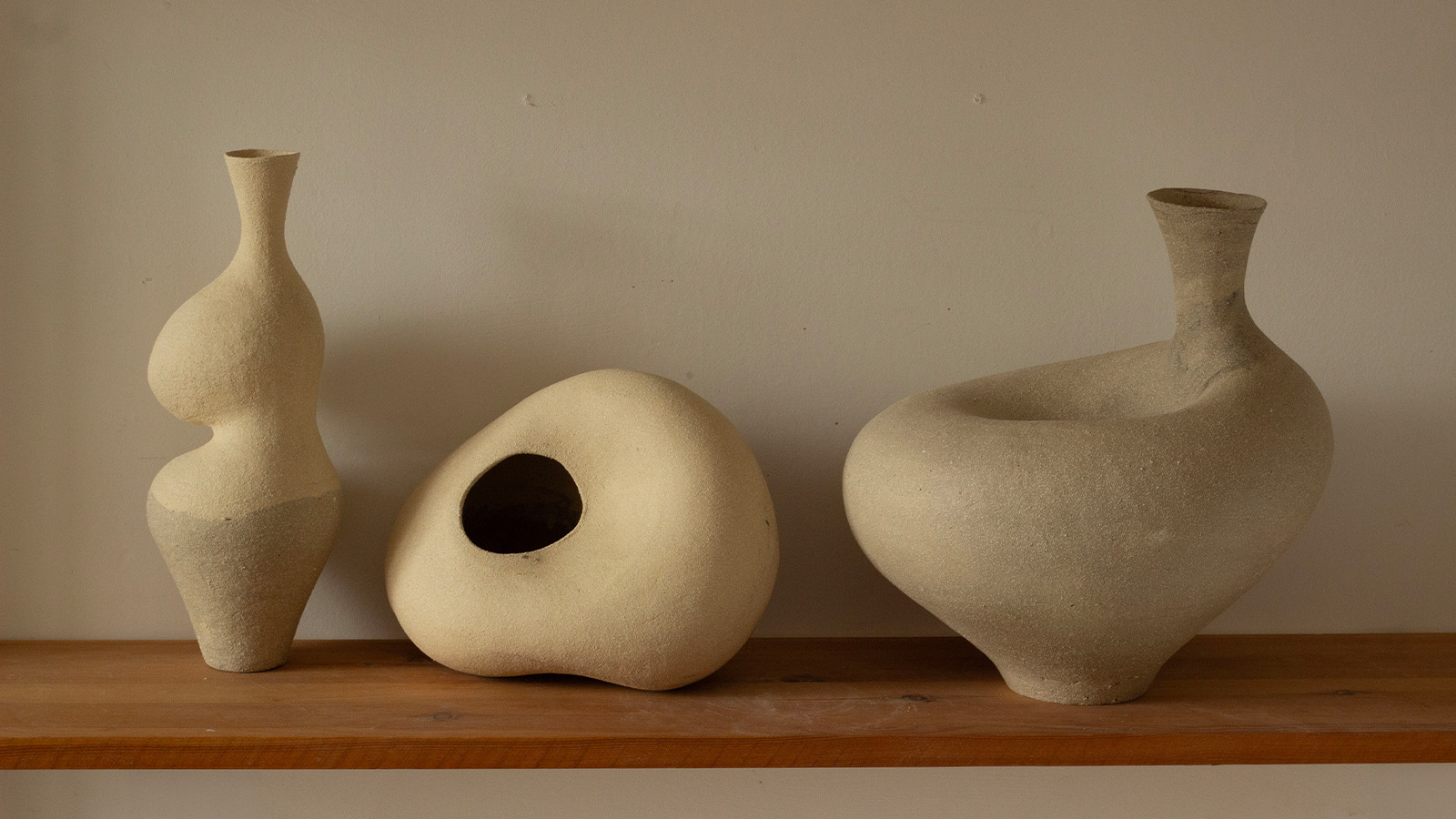 London Craft Week 2025 highlights – what to see this weekend
London Craft Week 2025 highlights – what to see this weekendLondon Craft Week 2025 (until 18 May) brings together some 1,000 established and emerging makers. Here is everything we saw and loved so you don't miss a thing
-
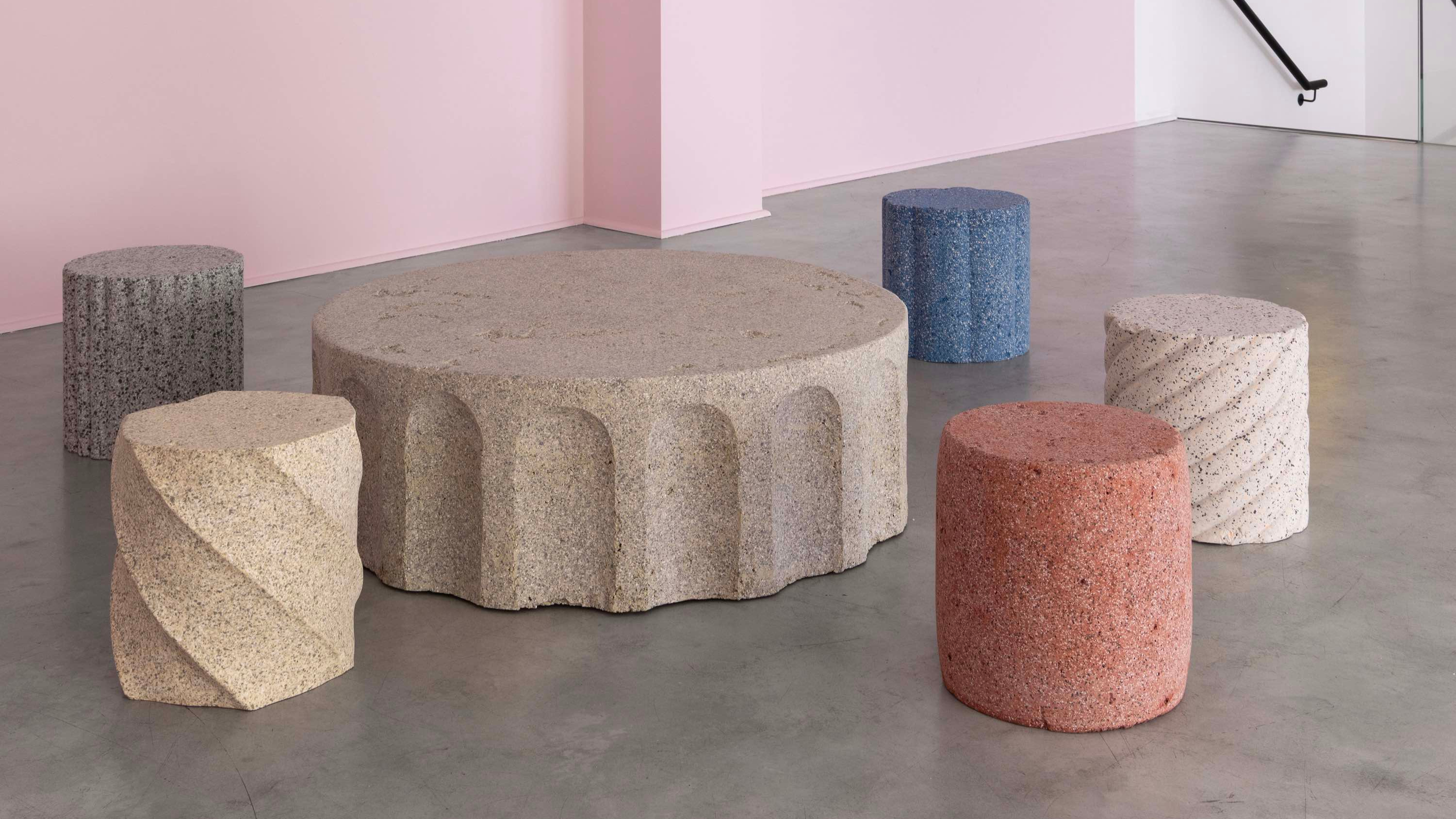 Erasers become architectural illusions at Gallery Fumi
Erasers become architectural illusions at Gallery FumiLondon duo Study O Portable unveil 'Rubber Rocks', trompe-l’œil furniture made from erasers, exploring themes of materiality, memory and architectural decay
-
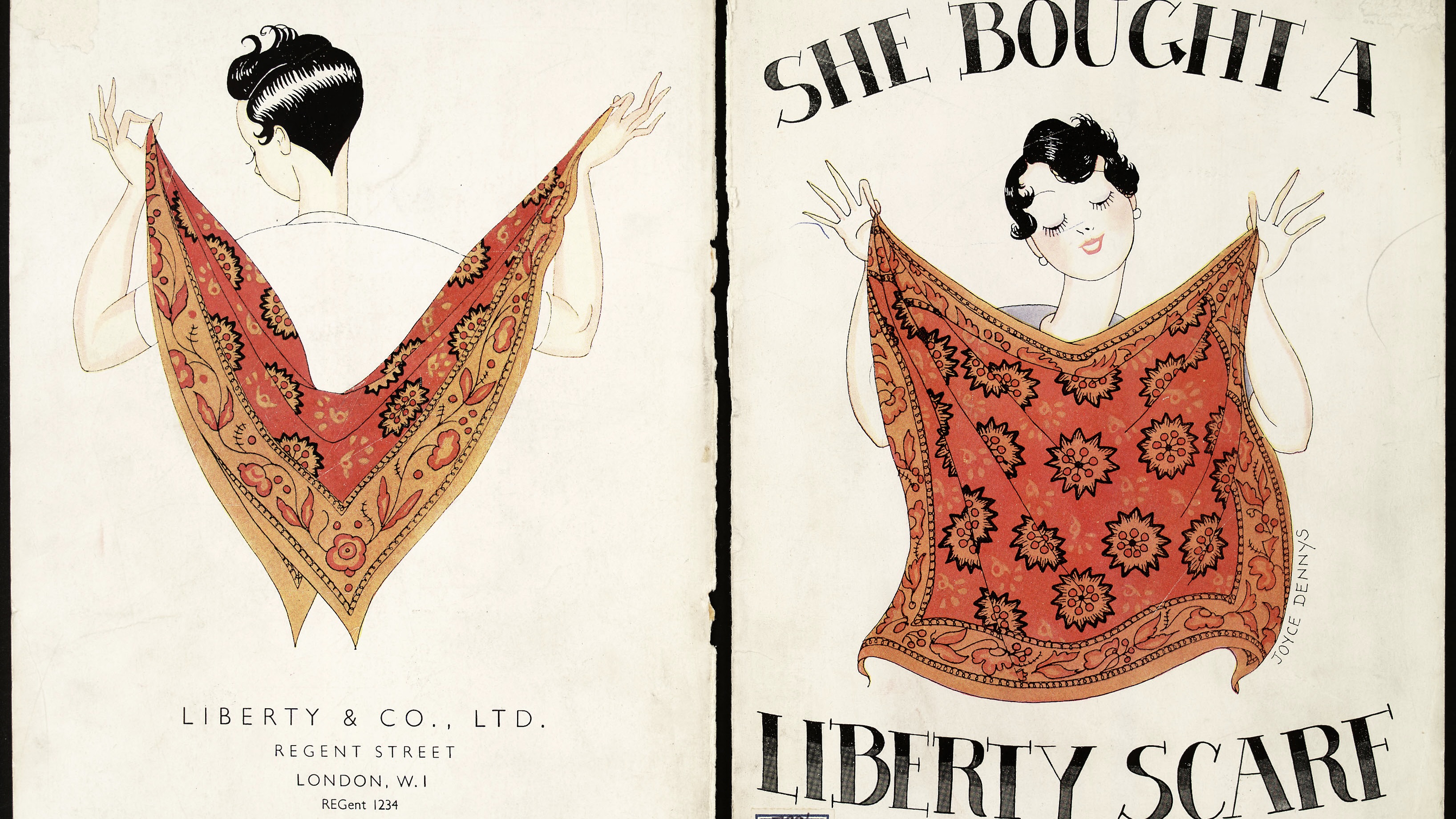 Liberty at 150: a history of the brand in 10 objects
Liberty at 150: a history of the brand in 10 objectsLiberty is marking its 150th anniversary; to celebrate, we remember products and prints that helped make the department store the cultural touchpoint it is today
-
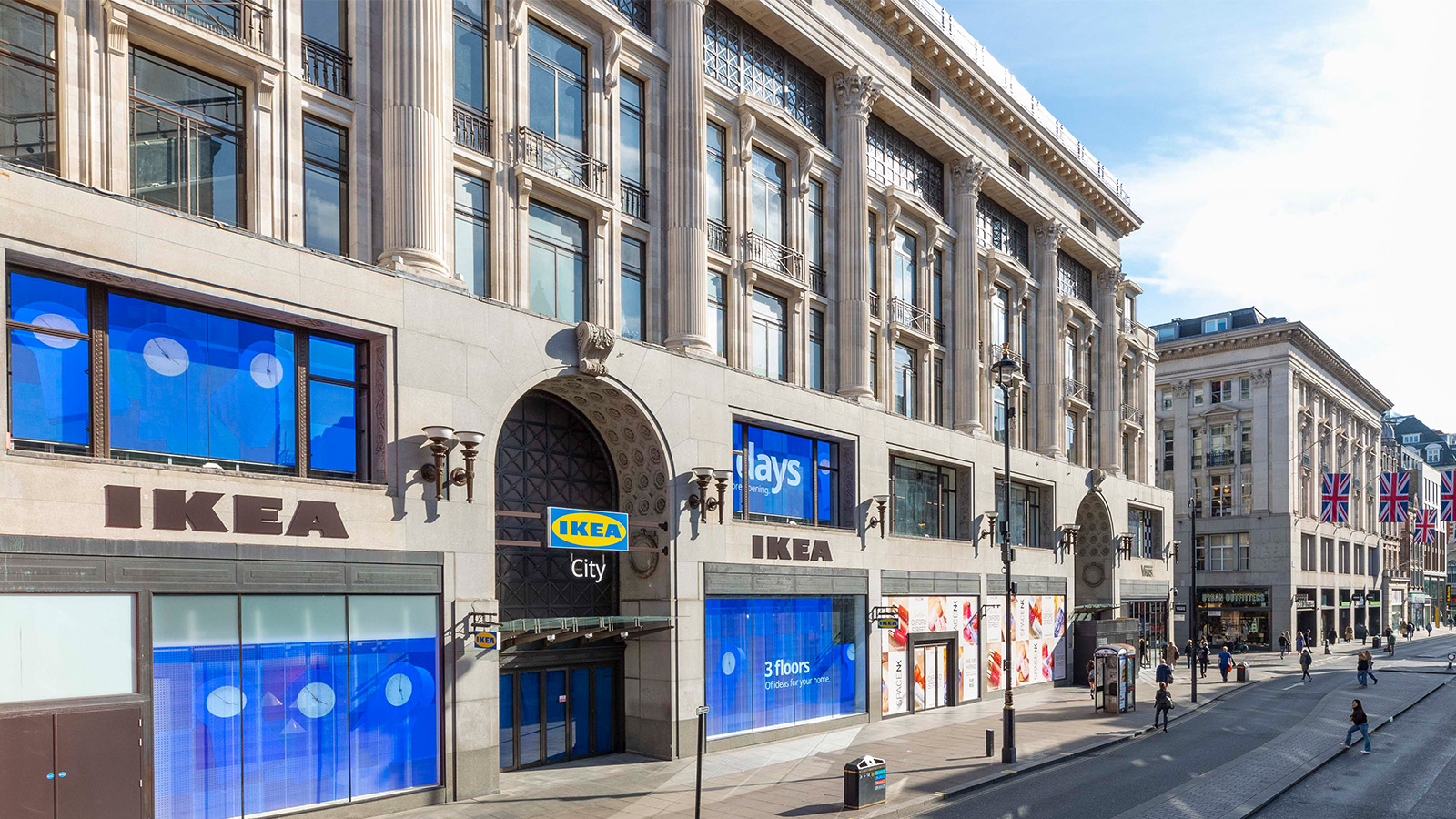 A first look inside the new Oxford Street Ikea. Spoiler: blue bags and meatballs are included
A first look inside the new Oxford Street Ikea. Spoiler: blue bags and meatballs are includedThe new Oxford Street Ikea opens tomorrow (1 May), giving Londoners access to the Swedish furniture brand right in the heart of the city
-
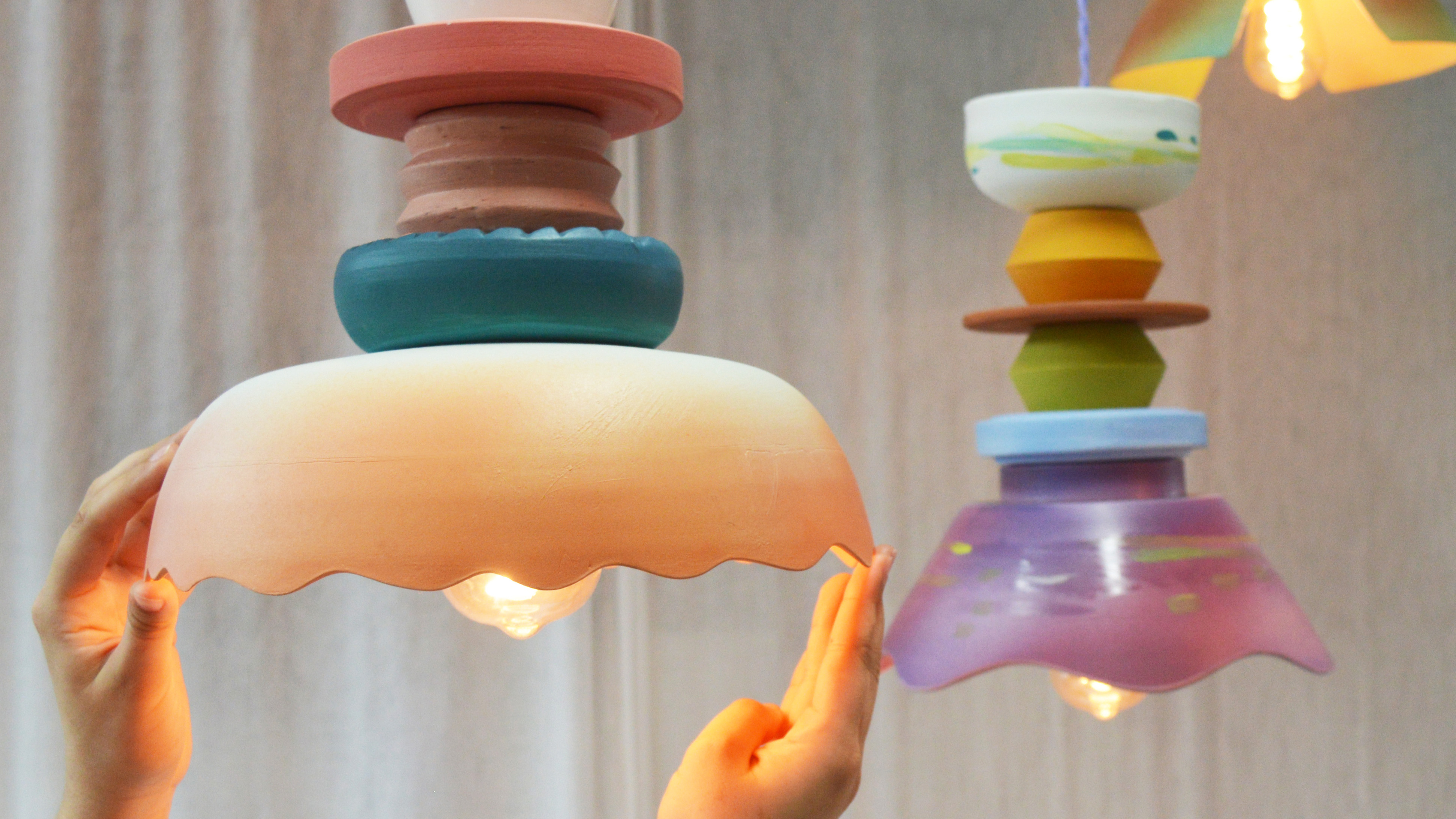 What to see at London Craft Week 2025
What to see at London Craft Week 2025With London Craft Week just around the corner, Wallpaper* rounds up the must-see moments from this year’s programme
-
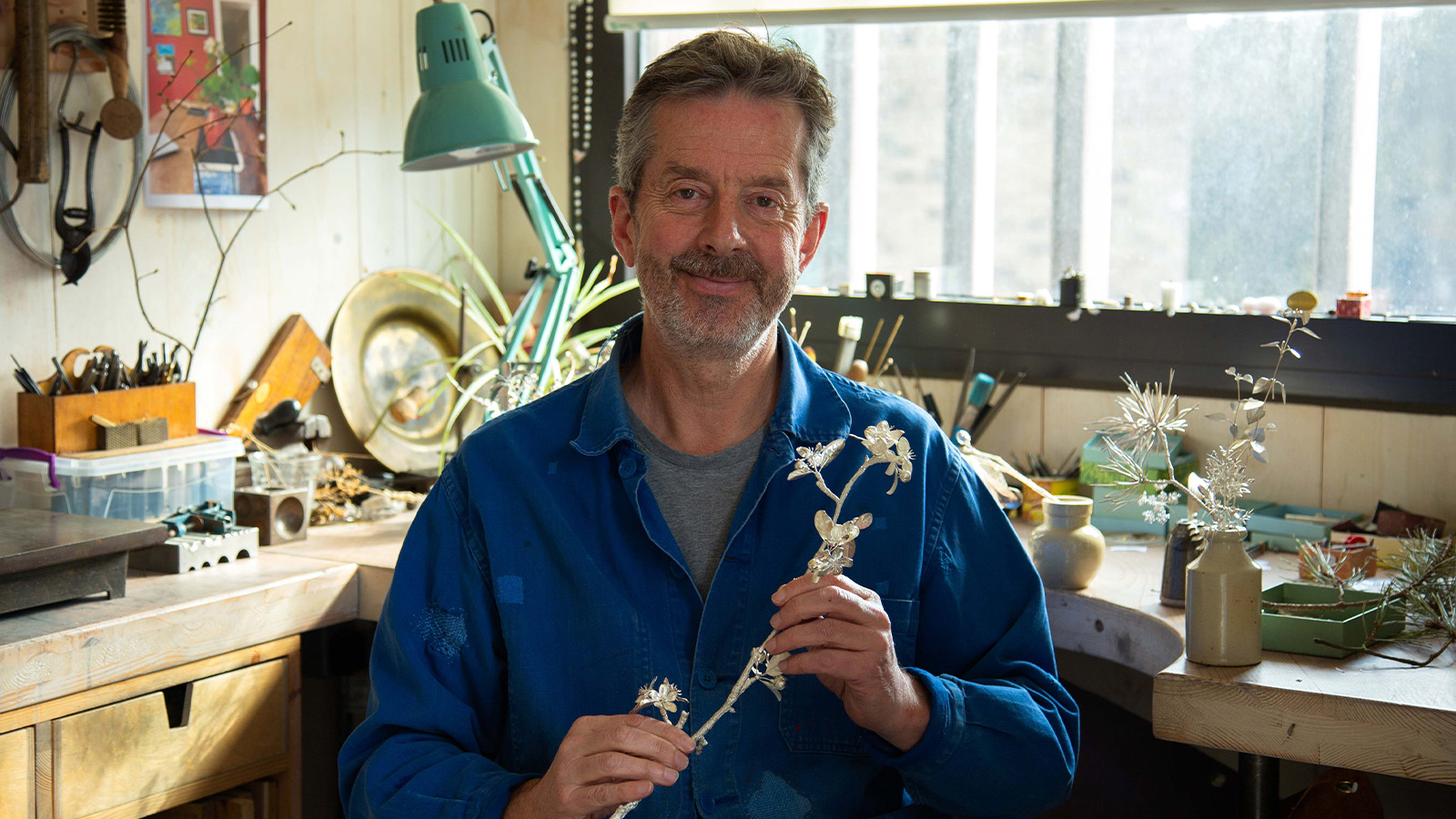 Nature sets the pace for Alex Monroe’s first sculpture exhibition
Nature sets the pace for Alex Monroe’s first sculpture exhibitionThe British designer hops from jewellery to sculpture for his new exhibition at the Garden Museum, London. Here, he tells us why nature should be at the forefront of design